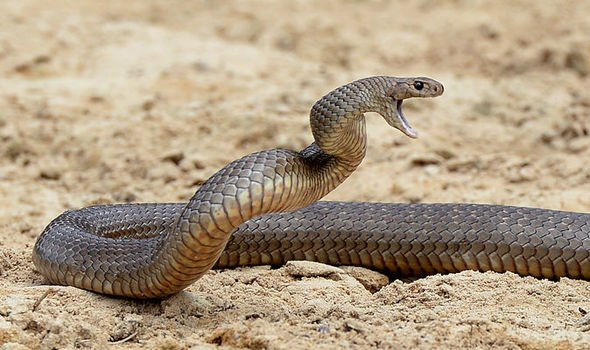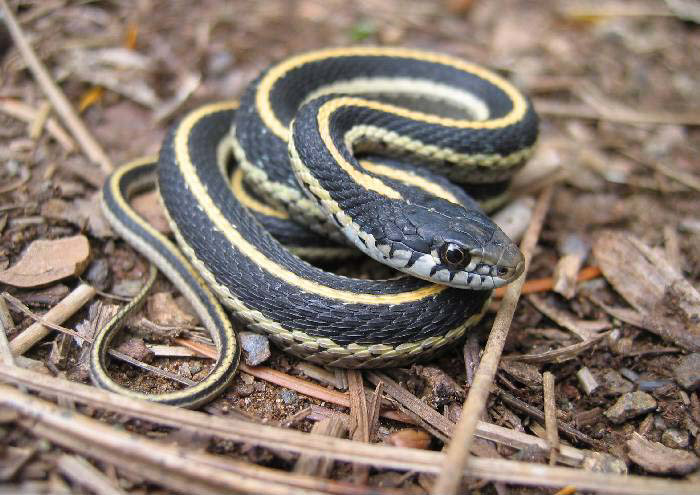snake information

nakes are stretched, legless, meat eating reptiles of the suborder Serpentes.Like all squamates, snakes are ectothermic, amniote vertebrates canvassed in covering scales. Numerous types of snakes have skulls with a few a greater number of joints than their reptile progenitors, empowering them to swallow prey significantly bigger than their heads with their exceedingly portable jaws. To suit their limited bodies, snakes' combined organs, (for example, kidneys) seem one before the other rather than next to each other, and most have just a single practical lung. A few animal varieties hold a pelvic support with a couple of minimal hooks on either side of the cloaca. Reptiles have developed extend bodies without appendages or with extraordinarily diminished appendages around twenty five times freely through joined advancement, prompting numerous genealogies of legless reptiles. Legless reptiles take after snakes, yet a few regular gatherings of legless reptiles have eyelids and outside ears, which snakes need, in spite of the fact that this manage isn't all inclusive (see Amphisbaenia, Dibamidae, and Pygopodidae).

Living snakes are found on each mainland aside from Antarctica, and on most littler land masses; exemptions incorporate some vast islands, for example, Ireland, Iceland, Greenland, the Hawaiian archipelago, and the islands of New Zealand, and numerous little islands of the Atlantic and focal Pacific seas. Also, ocean snakes are across the board all through the Indian and Pacific Oceans. In excess of 20 families are presently perceived, containing around 520 genera and around 3,600 species. They go in measure from the minor, 10.4 cm (4.1 in)- long string snake to the reticulated python of 6.95 meters (22.8 ft) long. The fossil species Titanoboa cerrejonensis was 12.8 meters (42 ft) long. Snakes are thought to have advanced from either tunneling or oceanic reptiles, maybe amid the Jurassic time frame, with the soonest known fossils dating to in the vicinity of 143 and 167 Ma prior. The assorted variety of present day snakes showed up amid the Paleocene time frame (c 66 to 56 Ma back). The most established protected portrayals of snakes can be found in the Brooklyn Papyrus.

Most species are nonvenomous and those that have venom utilize it essentially to murder and stifle prey as opposed to for self-preservation. Some have venom sufficiently strong to make agonizing damage or passing people. Nonvenomous snakes either swallow prey alive or execute by narrowing.